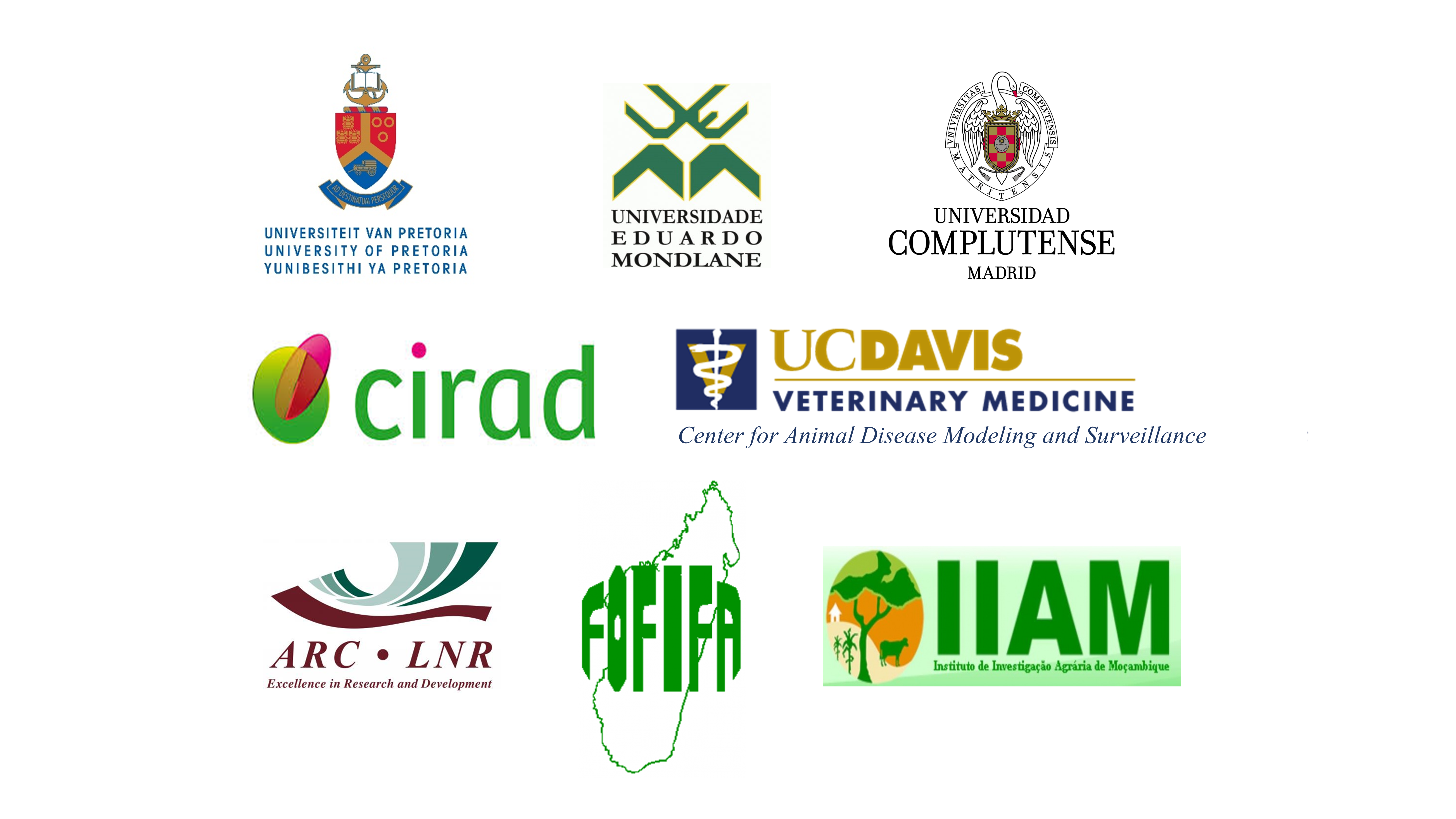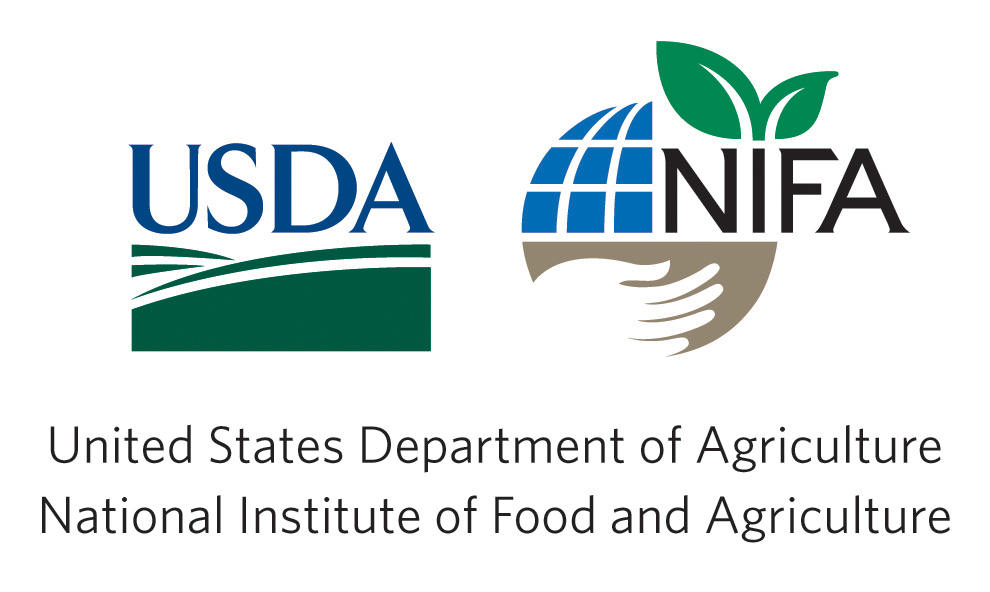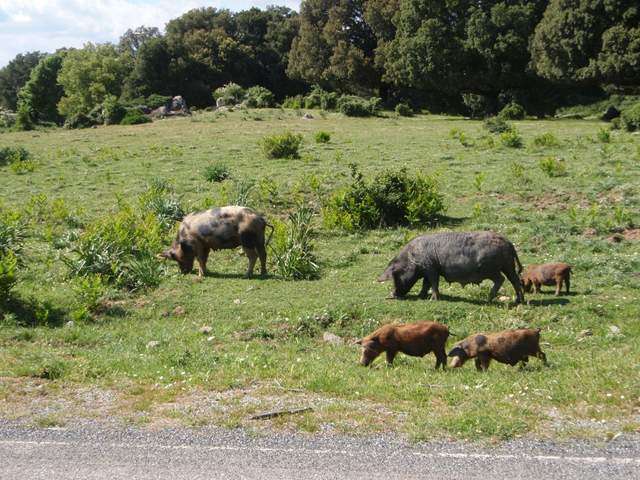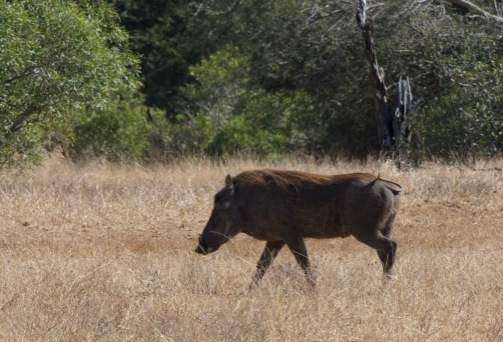Unraveling the Effect of Contact Networks & Socio-Economic Factors in the Emergence of Infectious Diseases at the Wild-Domestic Interface

African swine fever (ASF) virus is a viral hemorrhagic disease of domestic and wild pigs. Its introduction to naïve populations can result in outbreaks causing up to 100% mortality. Among commercial swine this can result in massive economic losses via high mortality, culling and trade restrictions. Among subsistence farmers, loss of domestic swine can lead to devastating financial hardships and food insecurity. Currently, there is no treatment and no vaccine available.
Current control protocols are based on biosecurity, barrier protection, surveillance, and stamping out protocols when the disease is discovered. A better understanding of the disease ecology and epidemiology is needed to optimize prevention and control programs. Our group therefore aims to explore the origins of ASF in the Southern African Development Community (SADC). Defining the risk factors contributing to the virus’ disease emergence, maintenance and evolution at the wildlife-domestic interface may provide key insights for transboundary animal diseases worldwide.

This work is supported by The Ecology and Evolution of Infectious Diseases Program, grant no. 2019-67015-28981 from the USDA National Institute of Food and Agriculture.

